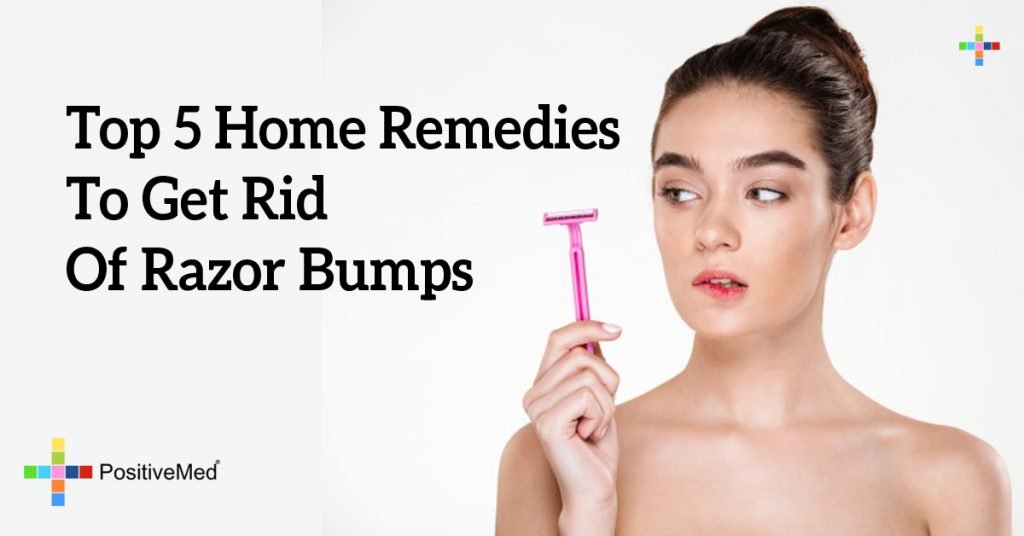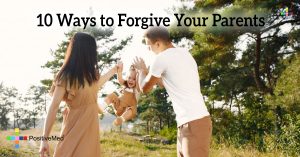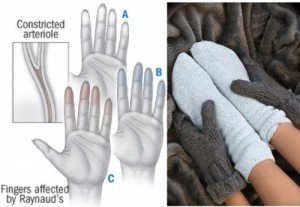
Top 5 Home Remedies To Get Rid Of Razor Bumps
It is no fun dealing with a hormonal imbalance problem like hirsutism and all the glory that comes to excessive body hair, like folliculitis barbae (FB), commonly known as “razor bumps.”

Hirsutism is a condition that causes a woman to develop excessive facial and body hair. It is most related to other hormonal conditions like polycystic ovarian syndrome (PCOS) and diabetes.
FB is when hair growth, especially for curly hair textures, starts to grow inward back into the skin, causing ingrown hairs to become infected. This condition develops when these ingrown hairs become inflamed, painful and redden and they start to develop in clusters, as you can see in the photo below.
FB is most common in African American men and any man or woman with very curly, coarse body hair. Hence, why a woman with hirsutism with curly facial hair can develop FB if she is not careful.
This condition can occur anywhere on the body but folliculitis barbae is always concentrated on the face.
There are two main types of folliculitis of the face. FB is inflammation from a bacteria called staphylococcus aureus (aka “staph infection”), worsening the condition of the ingrown hair. Pseudofolliculitis barbae (PFB) occurs when the inflammation is strictly from the ingrown hair but no bacteria.
It develops when the hair has been improperly removed or when the user used negligent aftercare practices after the hair removal session. Shaving is the most common way to develop any type of facial folliculitis. Using a dirty razor, shaving on dry skin or not shaving in the right direction all can cause severe ingrown hairs.
But there are several ways to treat folliculitis barbae right in the privacy of your home.
Let it grow out.If you can avoid the stares from people looking at your unwelcome 5’o clock shadow, simply keep the area clean and avoid all forms of hair removal for at least 30 days.

DIY Facial Steam. Any hot compress will open the facial, allowing trapped hairs underneath the skin to come to the surface. A quick way to accomplish a facial steam is after washing your face, hold your face and neck directly over a steaming pot of boiled water for several minutes. The inflamed ingrown hairs will not be so painful to the touch. This should be repeated everyday. Here are some great steps
Apple Cider Vinegar(ACV). ACV is a natural astringent, used for many anti-bacterial jobs around the house. It is naturally made of acetic acid which, if used often enough, could reduce inflammation and reduce scarring. The irony is that medical professionals often prescribed chemical peels of glycolic, salicylic and lactic acids to treat FB and PFB. They help by dissolving infected top skin layers of scarring and blemishes, as well as help release trapped hairs. Dabbing ACV on the affected area after a facial steam is a great natural way to a gradual treatment.
Aspirin Masks.Aspirin is made of salicylic acid and is often used as a DIY treatment to reduce the occurrence of acne. It can also reduce the occurrence of FB and clear blemishes. Start by breaking up aspirin pills into powder and mixing with some water. Apply the mixture directly to ingrown hairs, allow to sit and then wipe off. Repeat everyday, while avoiding any hair removal.
Organic Witch Hazel with Tea Tree Oil. Witch hazel and tea tree oil have been used for centuries as astringents and antiseptics for skin irritations. While these many be more helpful in milder cases of FB or PFB, they can be effective nonetheless. Dab a mix of the witch hazel and tea tree (or they can be used individually) and rub gently over the affected area everyday for 30 days. Avoid hair removal if at all possible.
Again, to make any of these DIY home remedies, hair removal should be avoid at all costs. These methods are most useful for the face but can be applied on ingrown hairs of the legs, bikini line or back.
My Bio:
Renae has struggled with excessive facial hair (medically known as “hirsutism”) most of her life. She finally found the courage to talk about her ordeal and related topics a few year ago by starting her blog, The Hirsutism Hub. She loves reaching out to women like herself dealing with the embarrassment and complexities of hormonal imbalance, while giving them an unique support site they can go to for a shoulder to lean on.







